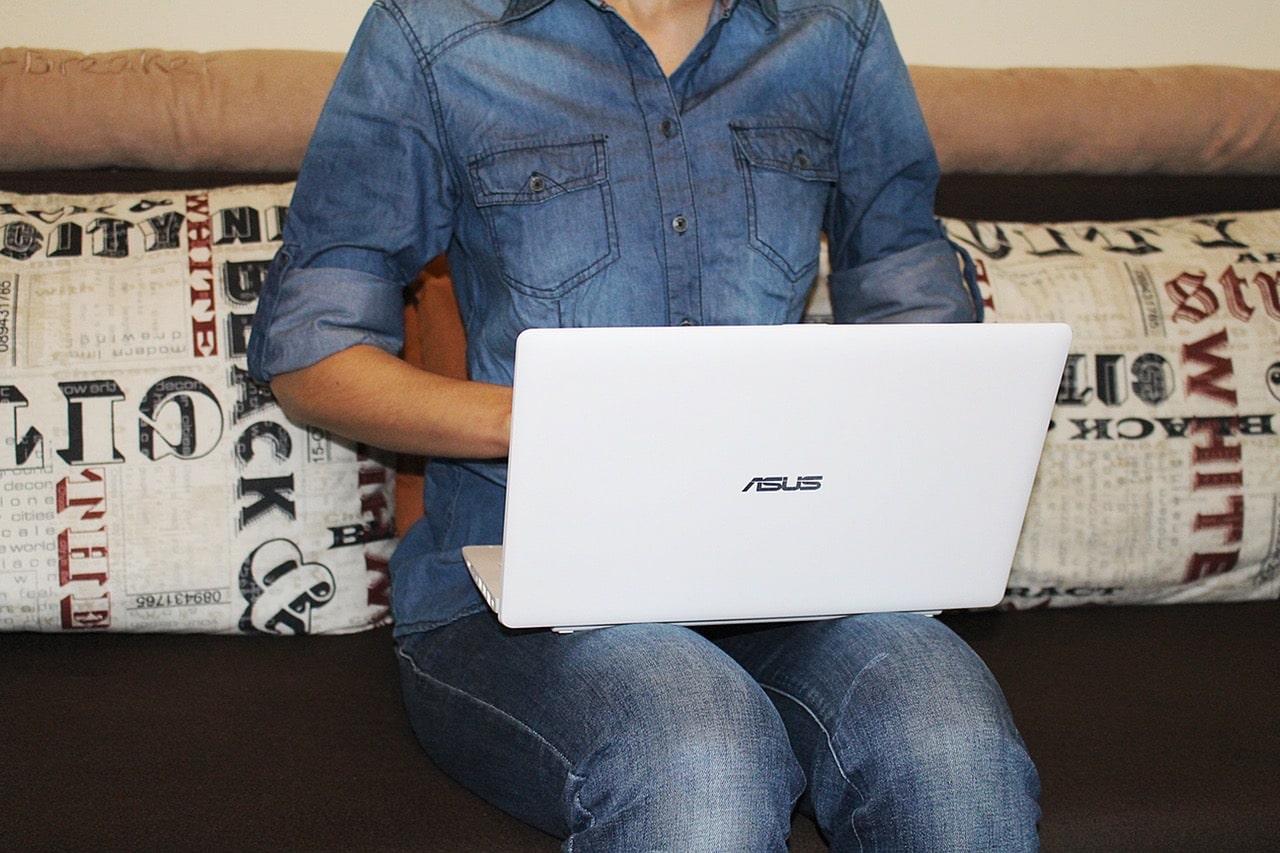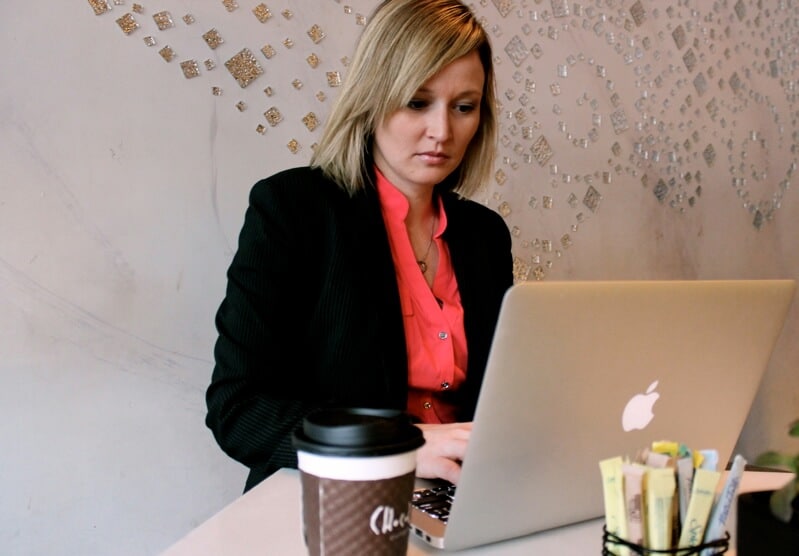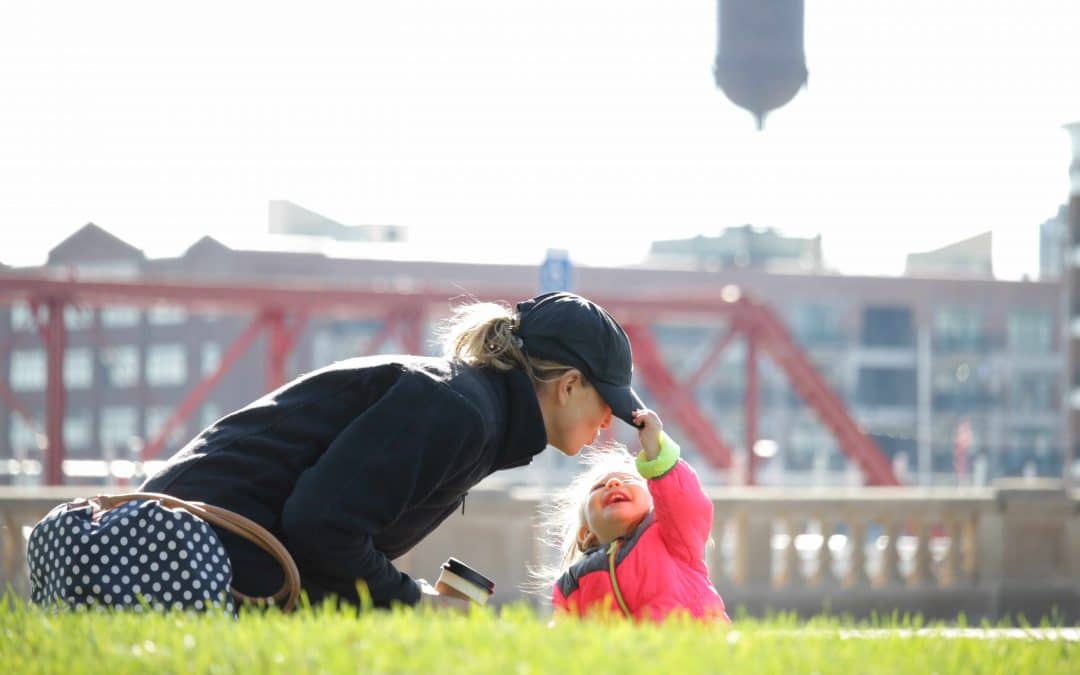Today’s post is written by John Gower, a writer for NerdWallet, a personal finance website dedicated to helping people save money with financial tips on everything from interview strategies to CD accounts.
Amy Cuddy is a social psychologist and associate professor at the Harvard Business School. Her research is focused on two personality traits – warmth/trustworthiness and competence/power, and how they impact how others respond to us. Her main concept is that these two traits are so important that they can determine whether or not we experience success in getting hired or not.
She shared insights from her research in a popular TED talk about the relationship between body postures and the generation of testosterone in the body, and how assuming certain postures before a job interview can be an advantage. You can watch the TED Talk here:
Although it may seem silly to think that merely holding a couple of body poses for two minutes before an interview could help you land the job, Amy Cuddy makes a convincing case using science to show how it could be beneficial. The basis for her thinking is the notion that nonverbal cues are used by others to form judgments about us. She changed that perspective though by asking the question, ‘Do our non-verbals govern how we think and feel about ourselves?’
She also links powerful and powerless people to two hormones: testosterone and cortisol. Powerful people tend to have more testosterone and less cortisol, whereas less powerful people to tend to have the reverse. This is important because cortisol is a stress hormone, meaning less powerful people may experience more stress, and powerful people less stress. She says powerful people tend to be more assertive, more comfortable taking risks and more optimistic.
The Big Experiment on Body Language
Amy Cuddy conducted an experiment with her business students where two groups were assigned to engage in high power, or low power poses for two minutes at a time. Then they were asked some questions about how powerful they felt. They played a game involving risk and had their saliva sampled. The high power posers were 26% more likely to gamble in the game exercise than the low-power posers. The high power posers experienced about a 20% increase in testosterone, and their counterparts had about a 10% decrease in testosterone. For cortisol, the stress hormone, the high power posers had about 25% less and the low power group about 15% more.
After conducting this experiment, Amy Cuddy wanted to know if simply doing two-minute power poses could have an impact on a person’s life. Specifically, she wanted to know if they could improve the outcomes of situations she calls ‘social threats,’ like job interviews, and speaking in public.
She did a similar study, where two groups of students were instructed to do high power poses and low power poses before a five-minute mock job interview. These interviews were videotaped and then shown to several reviewers who said they all wanted to hire certain students—which happened to be those students who had done the high-power poses.
Small Changes Can Lead to Big Changes
Amy Cuddy’s advice is to do two minutes of power posing before a job interview or other situation where you are going to be evaluated such as a job performance reviews.
The two poses are:
-
Wonder Woman – Hands on hips and feet spread at least shoulder width apart
-
Victory – Hands raised with arms fully extended and feet about shoulder width apart




